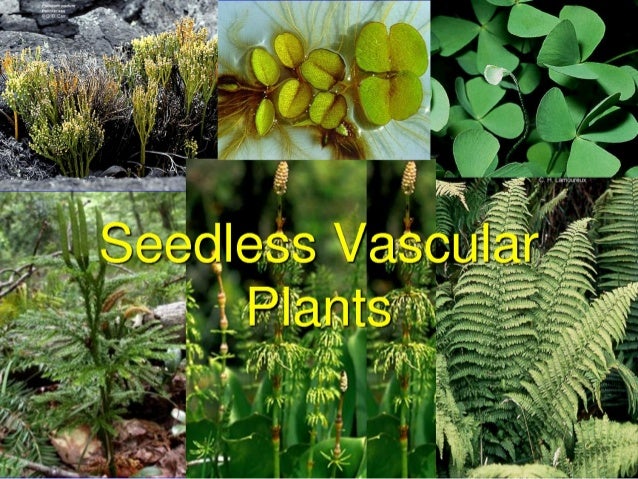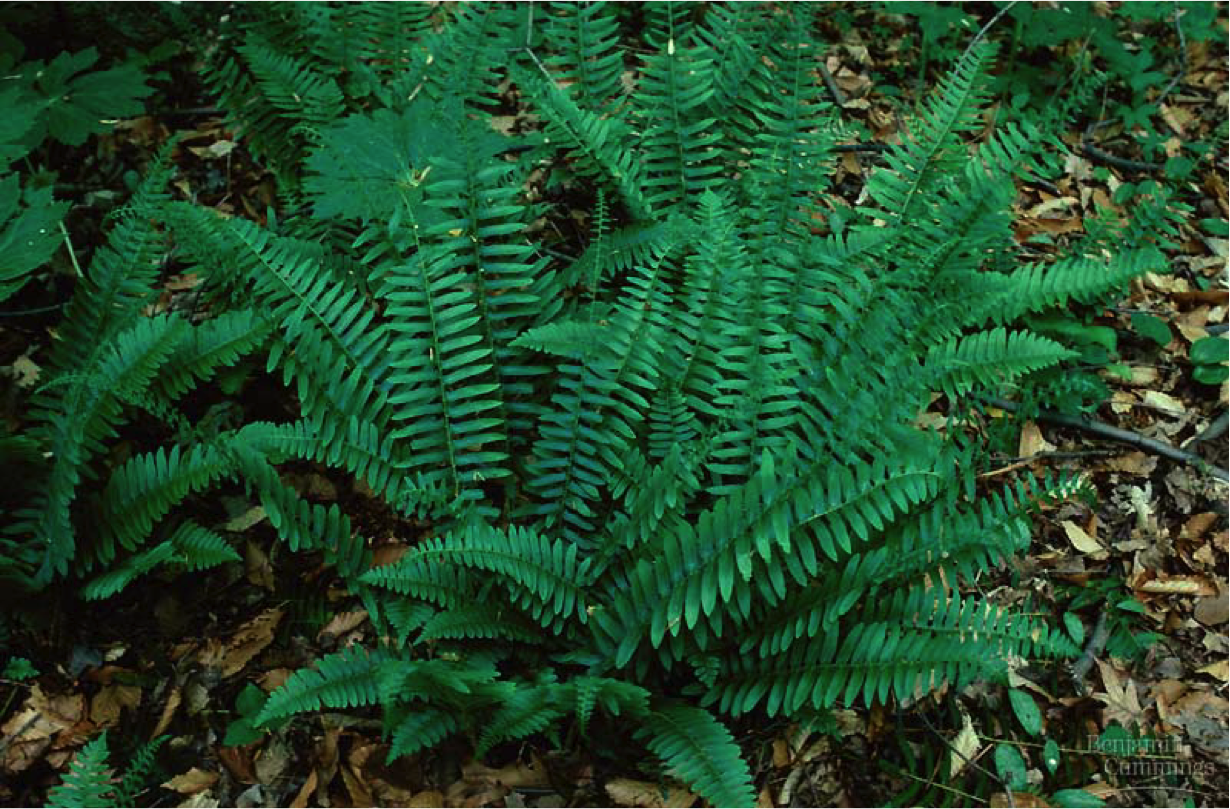Discover Seedless Vascular Plants: Examples & Insights

Seedless vascular plants represent a fascinating group of organisms that have adapted to life on land without the need for seeds. These plants, including ferns, horsetails, and clubmosses, rely on spores for reproduction and possess specialized tissues for water and nutrient transport. Understanding these plants not only enriches our knowledge of botany but also highlights their ecological importance. Whether you’re a gardening enthusiast, a student, or simply curious about plant diversity, exploring seedless vascular plants offers valuable insights into the natural world.
What Are Seedless Vascular Plants?

Seedless vascular plants are a group of plants that have vascular tissues (xylem and phloem) for transporting water and nutrients but reproduce via spores instead of seeds. This category includes ferns, horsetails, and clubmosses. Unlike non-vascular plants like mosses, they have true roots, stems, and leaves, making them more adapted to terrestrial environments.
💡 Note: Seedless vascular plants are often referred to as pteridophytes, a term derived from the Greek words for "fern" and "plant."
Examples of Seedless Vascular Plants

Here are some common examples of seedless vascular plants:
- Ferns (Polypodiopsida): Known for their feathery fronds, ferns are among the most diverse seedless vascular plants. They thrive in moist, shaded environments.
- Horsetails (Equisetum): These plants have jointed, hollow stems and are often found in wetlands. They are living fossils, dating back to the Paleozoic era.
- Clubmosses (Lycopodiopsida): Resembling mosses but with vascular tissues, clubmosses grow in dense mats and produce spores in cone-like structures.
| Plant Type | Key Features | Habitat |
|---|---|---|
| Ferns | Feathery fronds, spore-producing sori | Moist, shaded areas |
| Horsetails | Jointed stems, cone-like structures | Wetlands, marshes |
| Clubmosses | Scale-like leaves, spore-bearing cones | Forests, woodlands |

Why Are Seedless Vascular Plants Important?

Seedless vascular plants play a crucial role in ecosystems. They:
- Prevent soil erosion by anchoring soil with their root systems.
- Provide habitat for small organisms in forests and wetlands.
- Indicate environmental health as they are sensitive to pollution and climate changes.
For commercial purposes, ferns are popular in landscaping and indoor decor, while horsetails have historical uses in scouring and polishing.
How to Identify Seedless Vascular Plants

Identifying these plants is easier when you know what to look for:
- Spores: Check for spore-bearing structures like sori on fern fronds or cones on clubmosses.
- Vascular Tissues: Look for true roots, stems, and leaves.
- Habitat: Most thrive in moist, shaded environments.
🌱 Note: Always respect natural habitats when identifying plants in the wild and avoid disturbing their ecosystems.
Key Takeaways

Seedless vascular plants, such as ferns, horsetails, and clubmosses, are essential components of terrestrial ecosystems. Their unique reproductive methods and adaptations make them a subject of interest for both botany enthusiasts and environmentalists. Whether for educational purposes or commercial applications, understanding these plants enhances our appreciation of biodiversity.
Checklist for Exploring Seedless Vascular Plants:
- Learn the key characteristics of ferns, horsetails, and clubmosses.
- Visit moist, shaded areas to observe these plants in their natural habitat.
- Consider incorporating ferns into your garden or indoor space for aesthetic appeal.
What makes seedless vascular plants different from seeded plants?
+Seedless vascular plants reproduce via spores, while seeded plants use seeds for reproduction. Additionally, seedless plants lack flowers and fruits.
Where can I find seedless vascular plants in the wild?
+Look for them in moist, shaded environments like forests, wetlands, and along stream banks.
Can seedless vascular plants be grown indoors?
+Yes, ferns are particularly popular as indoor plants due to their low maintenance and aesthetic appeal.
Related Topics: Fern care tips, Horsetail uses, Clubmoss identification, Vascular plant adaptations



